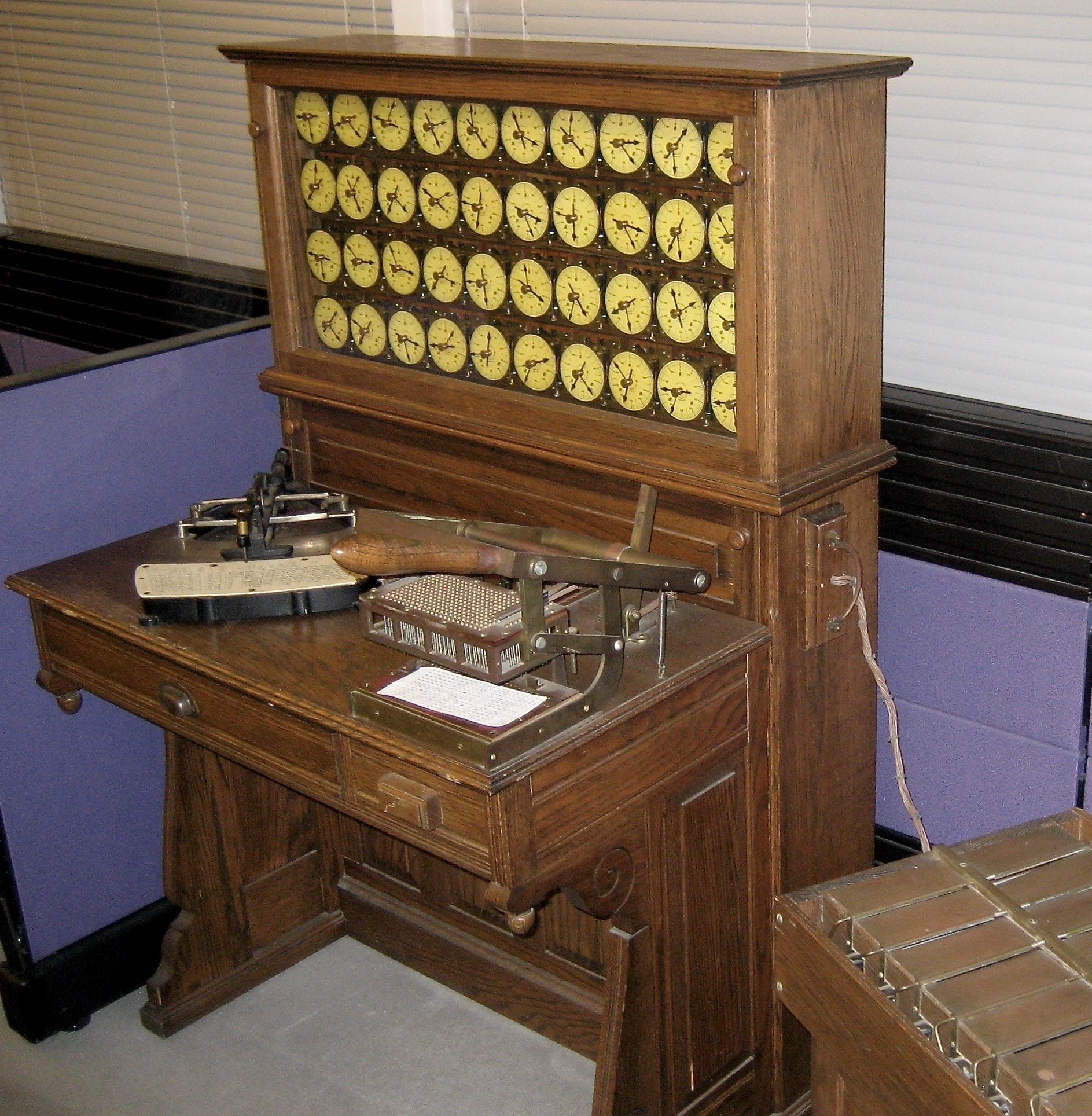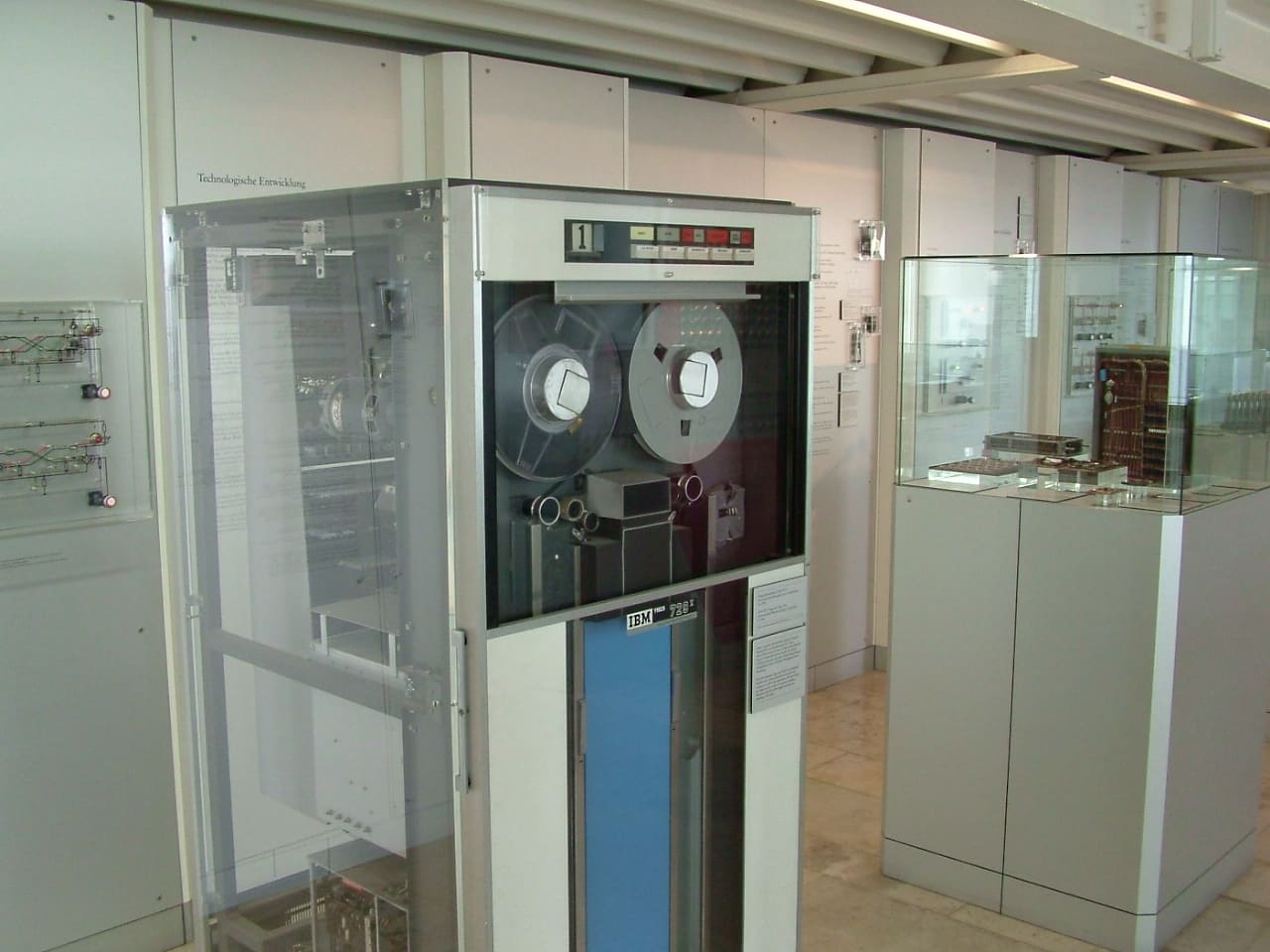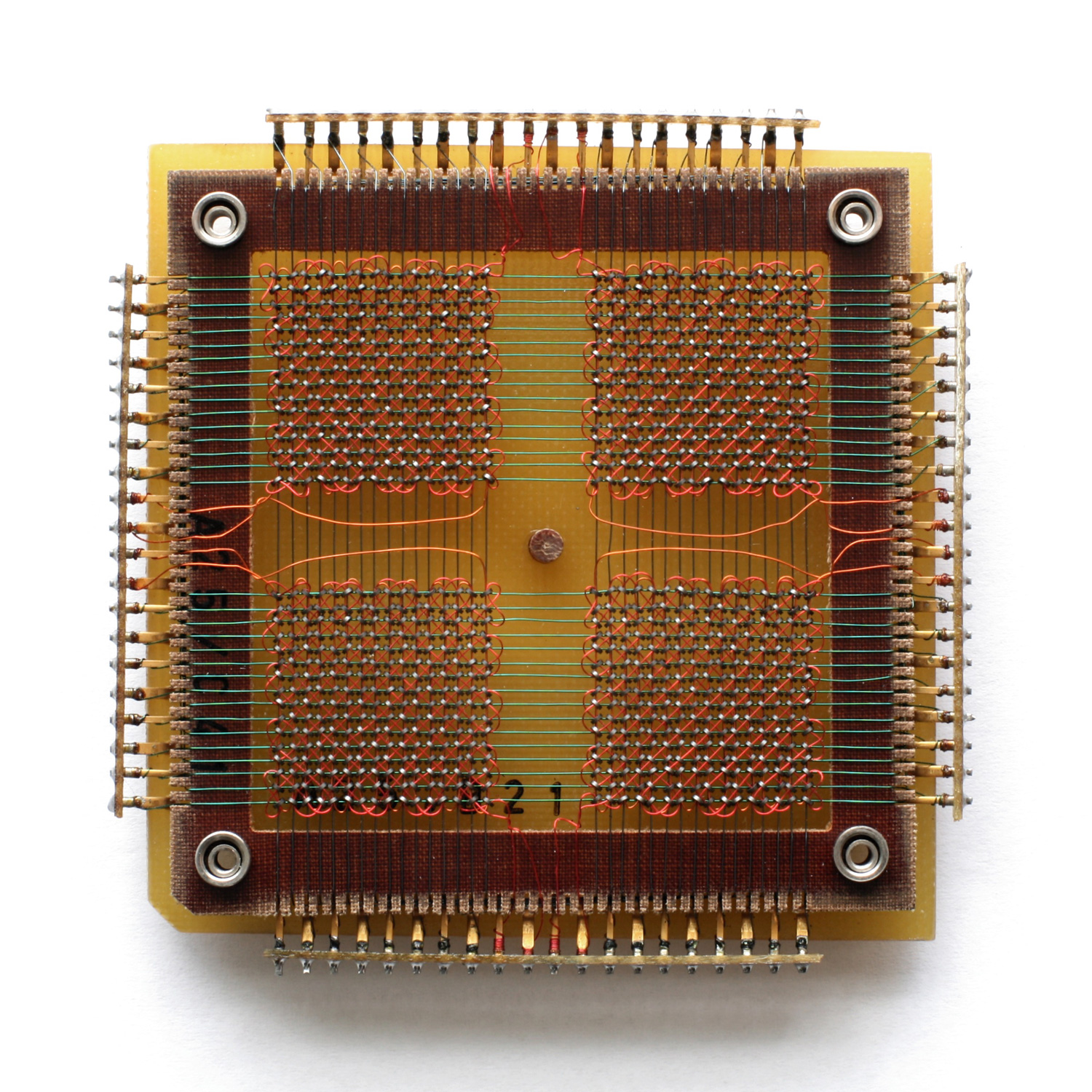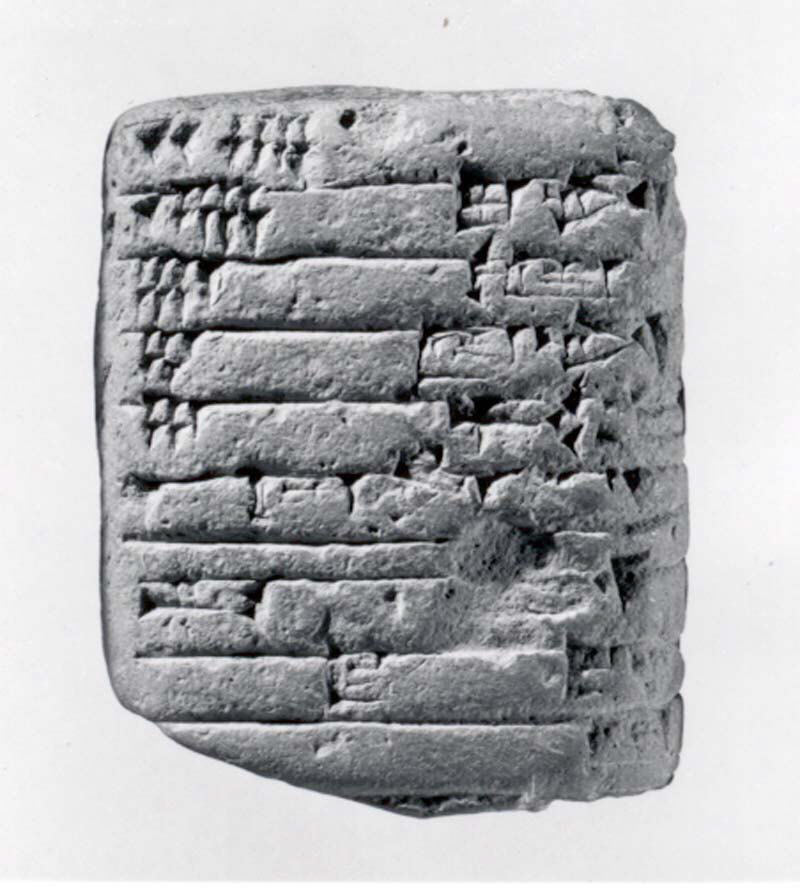#RetroDay: Data Storage Solutions of Yore
For this year's #RetroDay, we take a stroll through history and take a look at the technologies humans have used to store data. Which ones have stood the test of time? Read on to find out.
Written by human for humans
Data storage until the Industrial revolution
While strictly speaking, cave art and prehistoric sculpture are a medium used to convey information, this could hardly be compared to data storage technology that came later on: writing. The earliest evidence we have of writing are Sumerian clay tablets that used the cuneiform system, which involved using a wedge-shaped stylus to create markings in fresh clay. Cuneiform was used as early as 3500 BCE to record things like laws, contracts, inventories, events, messages, and eventually also literature and myths. Cuneiform was ultimately replaced by alphabetic writing in the Roman era.
In Egypt, papyrus was used as a writing surface since at least 2400 BCE, and would later be exported by the Egyptians to other Mediterranean civilizations, where it would be used until parchment was developed in the 3rd century BCE.
Around the world, many different materials were used for scribing, for example bone, shells, wood, and textile. In China, thin bamboo bound by hemp or silk was frequently used before paper was invented around the 1st century CE. Paper would eventually spread geographically and in terms of usage, becoming dominant in the Islamic world by the 10th century CE and in Europe soon after that.
Books in the form of codex, as we know them today, started replacing scrolls in the West in the time between the 2nd and 4th centuries CE. The final innovation to recording data came in the form of movable type, invented separately by Bi Sheng in China (ca. 1041-1048 CE) and by Johannes Gutenberg in Europe (ca. 1450 CE), paving the way for the printing press and mass production print.
Recording data for machines
The first foray into data records that could be read by a machine came on the eve of the Industrial revolution in the form of punch cards. These were used to communicate information, mostly instruction sequences, to equipment and machines like textile looms and player pianos. Punch cards had series of holes that would act as on/off switches for the machine.
Punch cards were initially developed in 1725 by Basile Bouchon as a means to control looms. Over 100 years later, in 1837, Charles Babbage designed the Analytical Machine, an early computer that was essentially a calculator with moving parts. Ada Lovelace developed the world's first computer programs for the machine in the form of punch cards, which were used both for instruction input and response output.
In 1884, Herman Hollerith invented the tabulating machine, which was an electromechanincal device designed to summarize information stored on punched cards. The first tabulator was developed for use in the 1890 U.S census, allowing clerks to punch holes in the cards corresponding to the information from the returns. The punch cards were then passed through the machines, allowing the census results to be published months ahead of schedule.

Hollerith went on to form a company specializing in punched card data processing equipment, incorporating the Tabulating Machine Company in 1896. Tabulators developed by Hollerith could soon add numbers and print results. Hollerith's company would later merge with three others to form what would later become International Business Machines - IBM.
Even after more advanced technologies for data storage were developed, punch cards continued to be used in recording the results of standardized tests and voting ballots until the mid-1980s.
Magnetic data storage
Almost in parallel, the technology that would eventually replace punch cards was being developed in a completely different field: audio recording. In 1928, magnetic tape as a data storage medium was first patented by Fritz Pfleumer, who also developed the first magnetic tape recorder. By the 1960s, magnetic storage would replace punch cards as the primary data storage means.
Magnetic tape storage was first used as digital storage in early computers in the 1950s, and in contrast to most technologies mentioned in this article, it is still in use! Magnetic tape came in large open reels of 7-track, later 9-track tape. Nowadays, magnetic tape is usually packaged in cartridges and cassettes.
Tape data storage is now used mostly in data centers for the purpose of system backup, data archiving, and data exchange. It still offers some advantages compared to other contemporary data storage media:
- for storing large amounts of data, it is the lowest-cost medium,
- it allows the creation of an air gap which can prevent data from being hacked, encrypted, or deleted,
- it is suitable for long-term storage as it does not deteriorate.

Other magnetic technologies were used for memory and data storage in early computers, most notably magnetic-core memory. Magnetic-core memory used a grid of current carrying wires threaded through donut-shaped magnetic transformer cores, with two wires passing through each core. Each core stored one bit of information. Magnetic-core memory was the predominant form of RAM until the mid-1970s, when it was replaced by semiconductor memory, which offered increased storage capacity at a rapidly decreasing price per kilobyte.

Magnetic drums were developed by Gustav Taushek, an Austrian inventor, in 1932, but they would only come into use as a primary storage medium for computers in the 1950s and 1960s. This would be the core technology that would lead to the development of magnetic disk storage we are still familiar with today.
Early evolution of magnetic disk storage was heavily driven by IBM, who invented both the floppy disk drive and the hard disk drive. A floppy disk is a portable storage device made of magnetic film encased in flexible plastic - hence floppy. Floppy disks had the advantage of being inexpensive to produce, but they were also easily damaged.
Initially, IBM created 8-inch floppy disks for use in its mainframe computer, and in 1976, Allan Shugard developed a smaller, 5.25-inch version that could be used with a standard desktop computer. This floppy disk became extremely popular, but it would soon be overtaken by the even smaller 3.5-inch floppy disk, introduced in 1982. The smallest floppy disk had an important advantage over its bigger brethren: its casing was much harder, so the magnetic disk inside was better protected. Floppy disks remained popular until the late 1990s, especially as the medium of choice for offline data transfer.
Want to talk to us? Join us on the Koofr subreddit!




